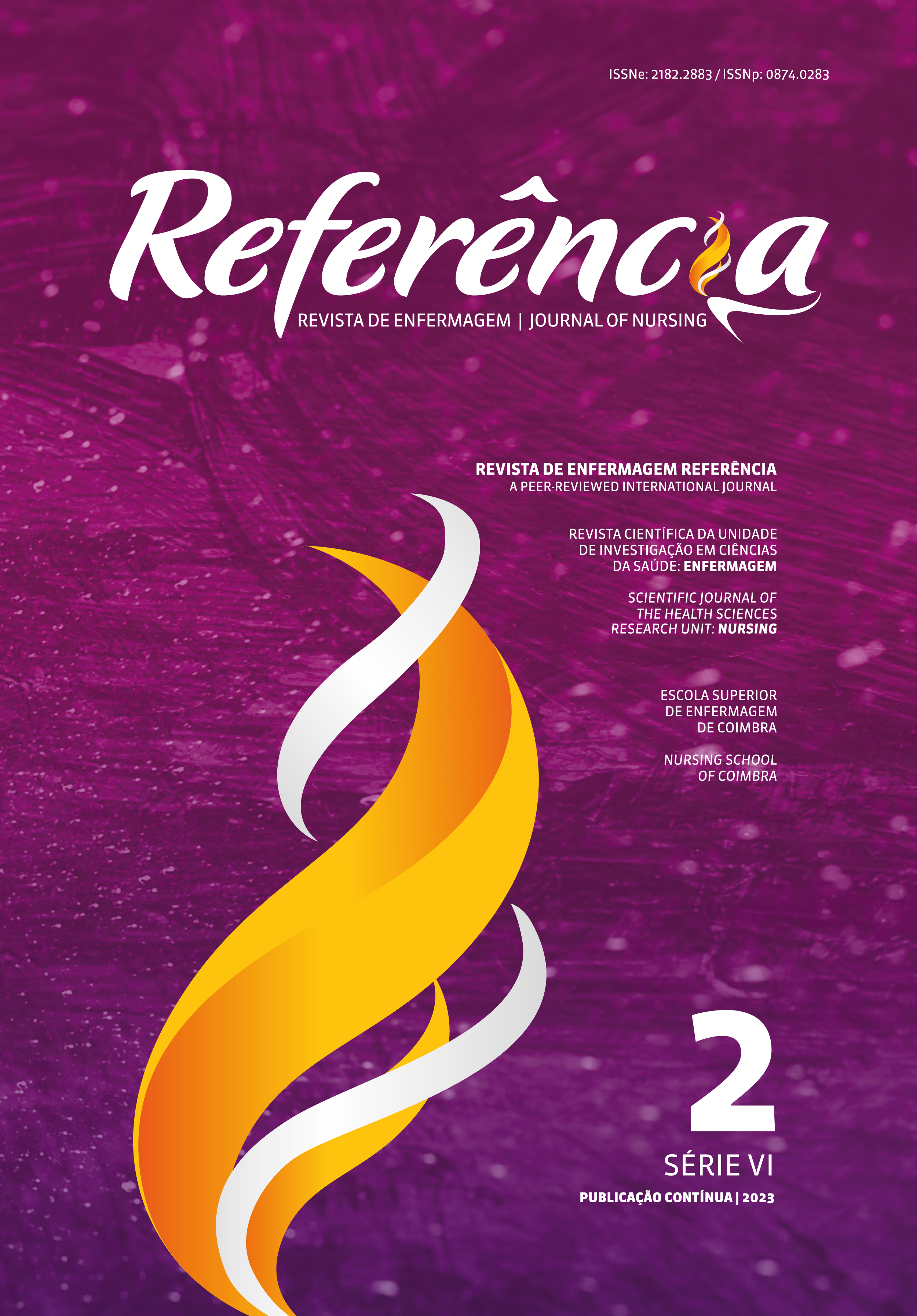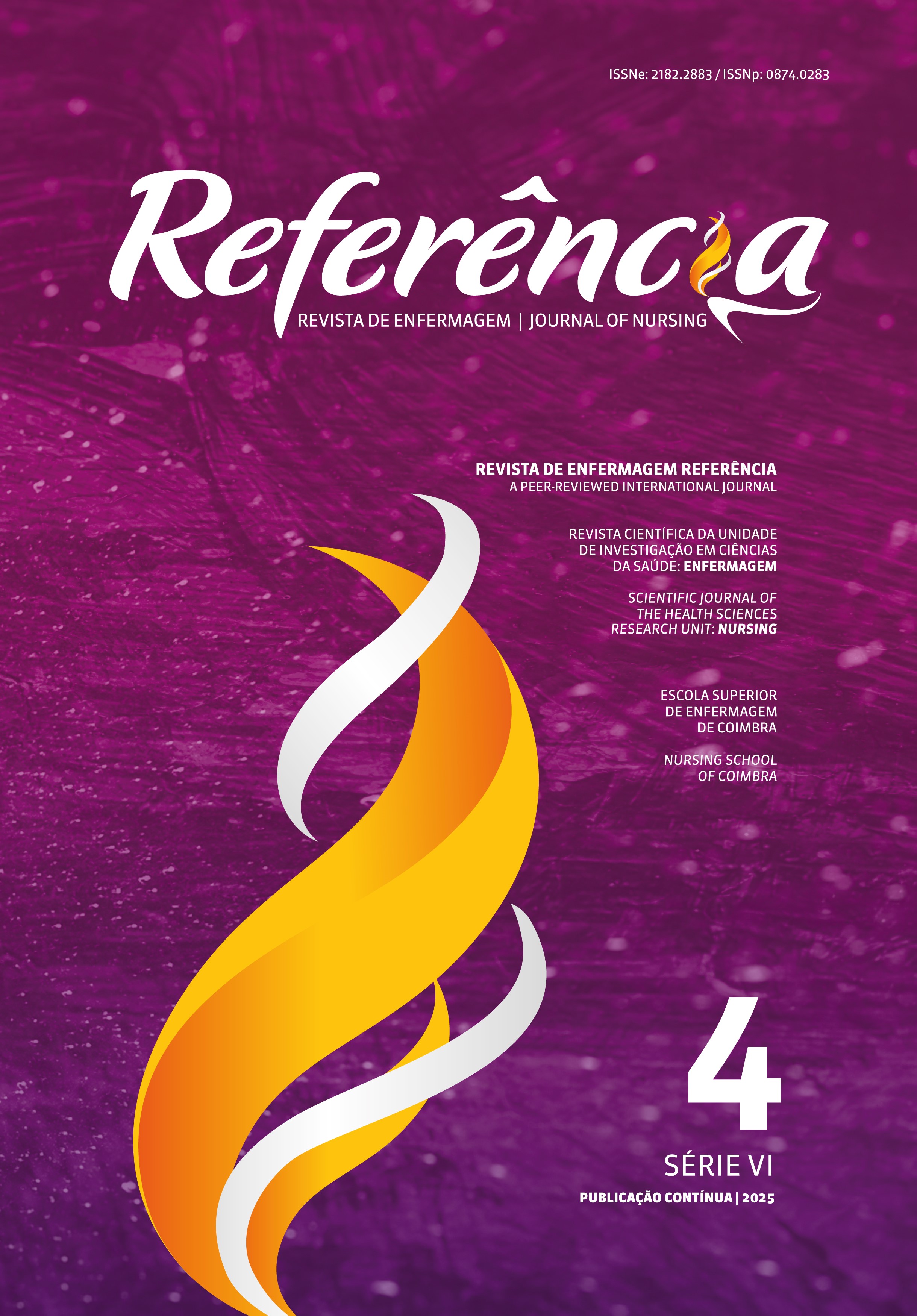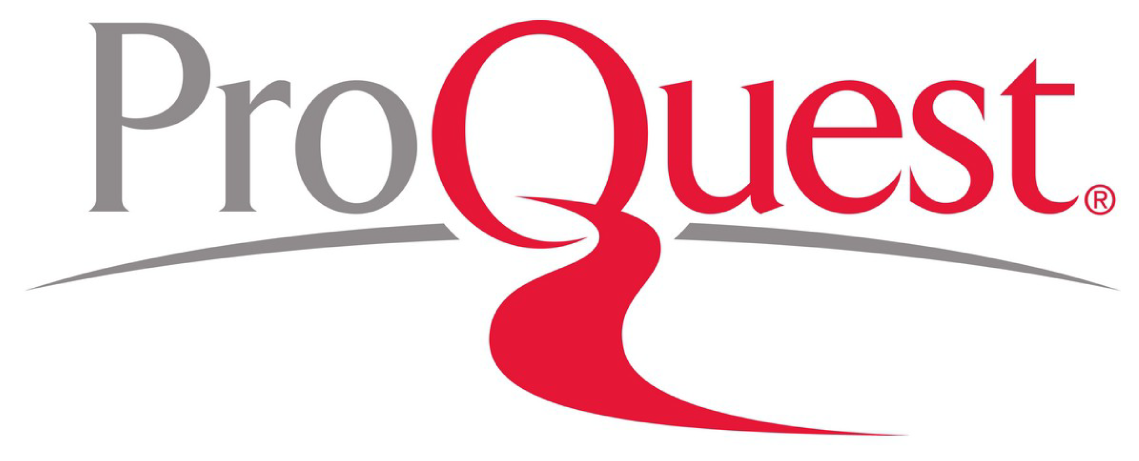Complications of personal protective equipment use during the COVID-19 pandemic
DOI:
https://doi.org/10.12707/RVI22051Keywords:
COVID-19, personal protective equipment, adverse effectAbstract
Background: COVID-19 was declared a pandemic in 2020. Personal protective equipment (PPE) emerged as an effective measure to prevent and control transmission, resulting in several complications for health professionals.
Objectives: To identify complications related to PPE use.
Methodology: A descriptive cross-sectional study was carried out with 118 professionals from a local health unit who received an email invitation from the department manager to answer an online questionnaire. It received a favorable opinion from an Ethics Committee.
Results: Most complications were associated with FPP2 respirators (96.6%), gowns (79.6%), and coveralls (89.3%), namely hyperhidrosis from wearing coveralls (95.3%), aprons (93.1%), and gowns (92.0%), falls from using shoe covers (94.6%), xeroderma from wearing gloves (65.2%), and oral communication difficulties due to mask use.
Conclusion: The most frequent complications were hyperhidrosis, falls, and xeroderma. Oral and skin hydration is recommended. PPE should be worn for the minimum time possible.
Downloads
References
Almeida, I. M. (2020). Proteção da saúde dos trabalhadores da saúde em tempos de COVID-19 e respostas à pandemia. Revista Brasileira de Saúde Ocupacional, 45, e17. https://doi.org/10.1590/scielopreprints.140
Alves, J., Reis, M., Barão, E., Souza. T., Guimarães, R., Almeida, L., Pereira, R., Freire, N., Germano, S., & Garrido, M. (2020). COVID-19: Impacto emocional da equipe de enfermagem na linha de frente no combate a pandemia. In R. Molin (Org.), Saúde em foco: Temas contemporâneos (vol. 1., pp. 623-632). Editora Científica
Casey, M., Mulkerns, A., O’Donnell, C., & McDonnell, T. (2018). Pulmonary rehabilitation in COPD: Current practice and future directions. In C. McCarthy (Ed.), COPD: An update in pathogenesis and clinical management (pp. 103-129). InTech.
Chen, C., & Chi, C. (2020). Biosafety in the preparation and processing of cytology specimens with potential coronavirus (COVID-19) infection: Perspectives from Taiwan. Cancer Cytopathology, 128(5),309-316. https://doi.org/10.1002/cncy.22280
Choi, J., Kim, S., Lee, J., Park, Y., Kim, Y., Um, S., Jung, K., Yoo, K., Park, S., & Yoon, H. (2020). Clinical characteristics of chronic obstructive pulmonary disease in female patients: Findings from a KOCOSS cohort. International Journal of Chronic Obstructive Pulmonary Disease, 15, 2217-2224. https://doi.org/10.2147/COPD.S269579
Darlenski, R., & Tsankov, N. (2020). Covid-19 pandemic and the skin: What should dermatologists know?. Clinics in Dermatology, 38(6), 785-787. https://doi.org/10.1016/j.clindermatol.2020.03.012
Direção-Geral da Saúde. (2020). Prevenção e controlo de infeção por SARS-CoV-2 (COVID-19): Equipamentos de proteção individual (EPI). https://www.dgs.pt/directrizes-da-dgs/normas-e-circulares-normativas/norma-n-0072020-de-29032020-pdf.aspx
Duan, L., & Zhu, G. (2020). Psychological interventions for people affected by the COVID-19 epidemic. Lancet Psychiatry, 7(4), 300-302. https://doi.org/10.1016/S2215-0366(20)30073-0
Duan, Y., Peiris, D. L., Yang, M., Liang, W., Baker, J. S., Hu, C., & Shang, B. (2021). Lifestyle behaviors and quality of life among older adults after the first wave of the COVID-19 pandemic in Hubei China. Public Health, 9, 744514. https://doi.org/10.3389/fpubh.2021.744514
Elston, D. (2020). Occupational skin disease among health care workers during the coronavirus (COVID-19) epidemic. Journal of American Academy of Dermatology, 82(5), 1085-1086. https://doi.org/10.1016/j.jaad.2020.03.012
Galanis, P., Vraka, I., Fragkou, D., Bilali, A., & Kaitelidou, D. (2021). Impact of personal equipment use on health care workers’ physical health during the COVID-19 pandemic: A systematic review and meta-analysis. American Journal of Infection Control, 49(10), 1305-1315. https://doi.org/10.1016/j.ajic.2021.04.084
Gerolin, F. S., Pires, A. M., Nascimento, C., Schimitt, C., Bucione,
F. T., Rocha, J. S., Berlofi, L. M., & Ferrari, L. C. (2020). Ações de lideranças da enfermagem na organização do atendimento hospitalar a pacientes com COVID-19. Enfermagem em Foco, 11(2), 207-211. https://doi.org/10.21675/2357-707X.2020.v11.n2.ESP.3665
Hu, D., Kong, Y., Li, W., Han, Q., Zhang, X., Zhu, L. X., Wan, S. W., Liu, Z., Shen, Q., Yang, J., He, H., & Zhu, J. (2020). Frontline nurses’ burnout, anxiety, depression, and fear statuses and their associated factors during the COVID-19 outbreak in Wuhan, China: A large-scale cross-sectional study. EClinicalMedicine, 24, 100424. https://doi.org/10.1016/j.eclinm.2020.100424
Jiang, Q., Song, S., Zhou, J., Liu, Y., Chen, A., Bai, Y., Wang, J., Jiang, Z., Zhang, Y., Liu, H., Hua, J., Guo, J., Han, Q., Tang, Y., & Xue, J. (2020). The prevalence, characteristics, and prevention status of skin injury caused by personal protective equipment among medical staff in fighting COVID-19: A multicenter, cross-sectional study. Advances in Wound Care, 9(7), 357-364. https://doi.org/10.1089/wound.2020.1212
Lan, J., Song, Z., Miao, X., Li, H., Li, Y., Dong, L., Yang, J., An, X., Zhang, Y., Yang, L., Zhou, N., Yang, L., Li, J., Cao, J., Wang, J., & Tao, J. (2020). Skin damage among health care workers man
Aging coronavirus disease-2019. Journal of the American Academy of Dermatology, 82(5), 1215-1216. https://doi.org/10.1016/j.jaad.2020.03.014
Luz, A. R., Noronha, R. M., & Navarro, T. P. (2020). Covid-19: Medidas de prevenção de lesão por pressão ocasionadas por equipamentos de proteção individual em profissionais da saúde. Revista Enfermagem Atual, 93, e-02001. https://doi.org/10.31011/reaid-2020-v.93-n.0-art.768
Moura, A., Vaz, A., Ferreira, A., Alves, P., Ramos, P., Malcato, E., Sousa, F., Homem-Silva, P., Alves, P., & Dias, V. (2020). Recomendação PREPI | COVID19: Prevenção de lesões cutâneas causadas pelos equipamentos de proteção individual: (Máscaras faciais, respiradores, viseiras e óculos de proteção). Journal of Tissue Healing and Regeneration. https://www.spci.pt/media/enfermagem/cuidar-de-quem-cuida/aptferidas-recomendacao-prepi-covid19.pdf
Ong, J. J., Bharatendu, C., Goh, Y., Tang, J. Z., Sooi, K. W., Tan, Y. L., Tan, B. Y., Teoh, H., Ong, S., Allen, D. M., & Sharma, V. K. (2020). Headaches associated with personal protective equipment–a cross-sectional study among frontline healthcare workers during COVID-19. Headache: The Journal of Head and Face Pain, 60(5), 864-877. https://doi.org/10.1111/head.13811
Ruskin, K. J., Ruskin, A. C., Musselman, B. T., Harvey, J. R., Nesthus, T. E., & O’Connor, M. (2021). COVID-19, personal protective equipment, and human performance. Anesthesiology, 134, 518-525. https://doi.org/10.1097/ALN.0000000000003684
World Health Organization. (2020). Rational use of personal protective equipment for COVID-19 and considerations during severe shortages. https://www.who.int/publications/i/item/rational-use-of-personal-protective-equipment-for-coronavirus-disease-(covid-19)-and-considerations-during-severe-shortages






















